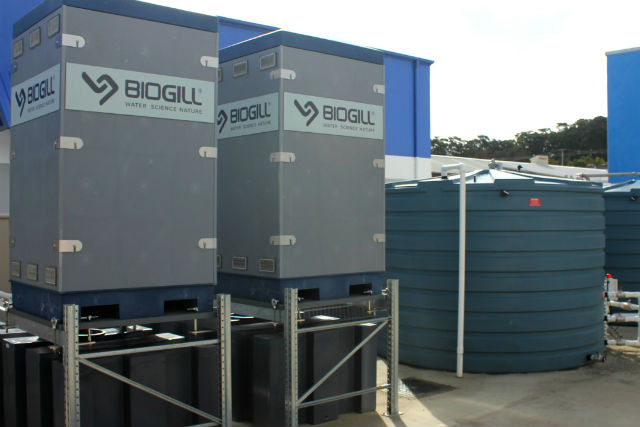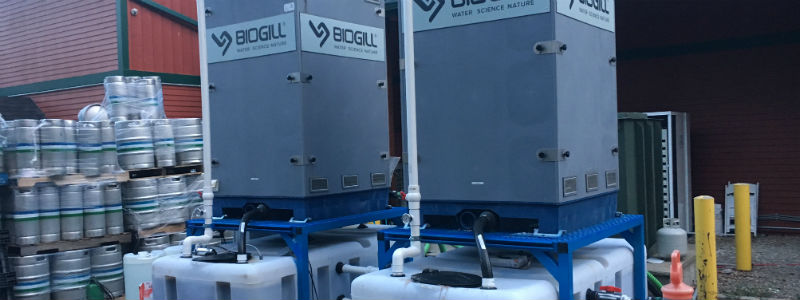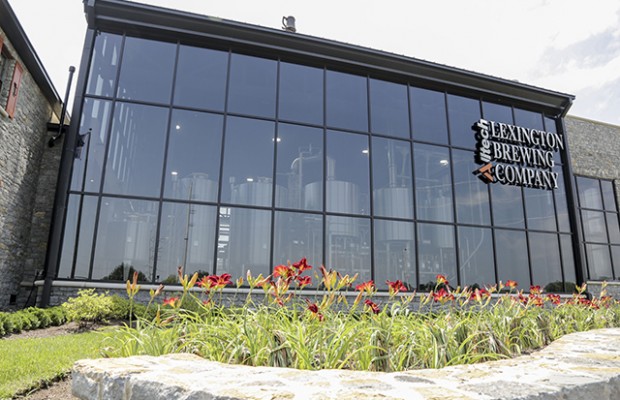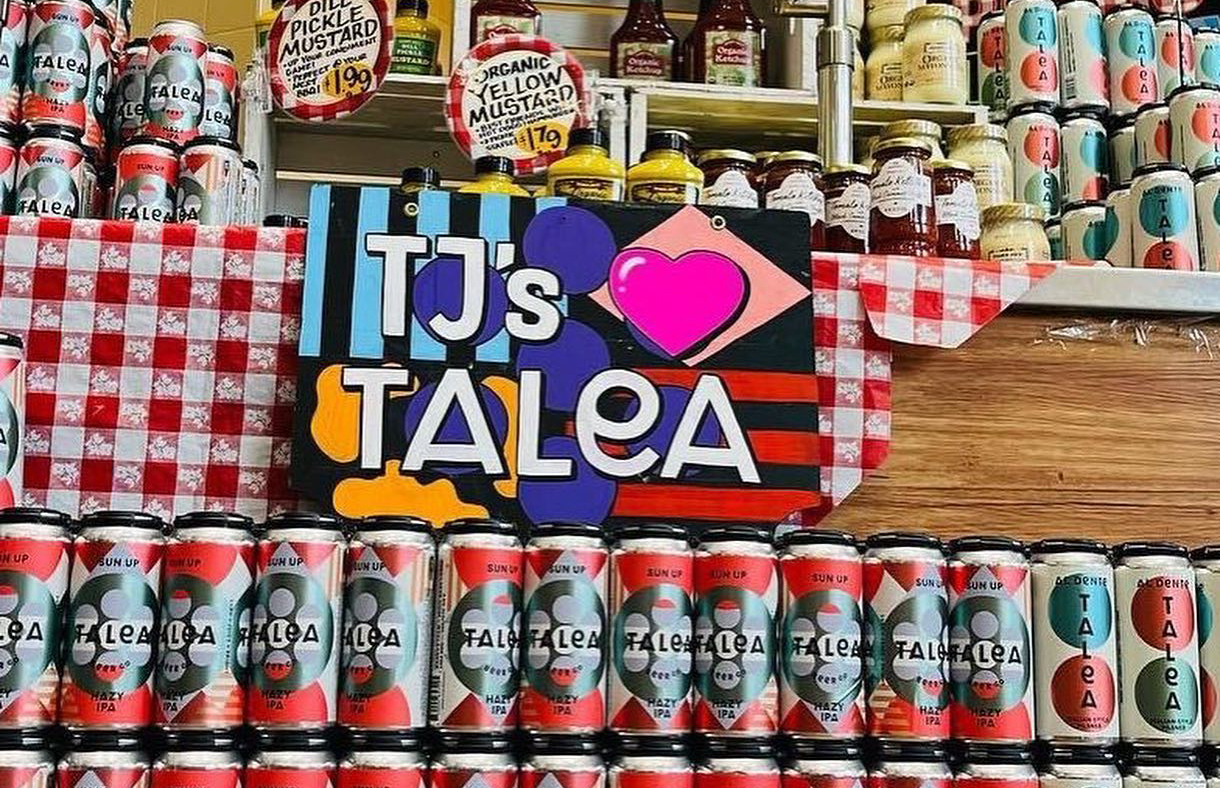
Depending on a brewery’s location and where the wastewater is going, there may be restrictions on a variety of things.
Liz Lette, the International Marketing Manager for Biogill, explained a few tips in a recent interview with Brewer Magazine, adding that understand your brewery’s own baseline wastewater characteristics is key.
BREWER: How much does location of a brewery determine what needs to be done with wastewater treatment?
LETTE: All wastewater is local! This varies per state and region. Two breweries located near each other may be subject to very different limits and requirements, based on their wastewater volumes, discharge location (e.g. sewer system, hauler, or land), for those on sewer, the capacity of the local public wastewater treatment facility and local sewer rate structure. Breweries located in towns and cities connected to sewer systems ultimately are sending wastewater to a local public wastewater treatment facility that may have been built decades ago and nearing capacity.
Growth in industry or residential developments nearby may be competing for the same limited capacity. Because a brewery’s wastewater typically contributes the organic load (BOD and TSS) equal to hundreds or thousands of households, a new or expanding brewery may trigger increased sewer surcharges, new BOD and TSS concentration limits, or other wastewater pretreatment requirements as the local authority manages the task of keeping the public wastewater plant operating within its capacity and avoiding process upsets, or planning for system upgrades.
For example, a 5,000 barrel-per-year brewery discharges wastewater containing a BOD load equivalent to around 500 residential homes, with levels of solids comparable to 75 residential homes. If a brewery is discharging to land or water, other regulations apply that vary based on the discharge location and local laws set to protect nearby ground and surface water quality.
BREWER: How has the rise of the number of craft breweries in America affected how municipalities work with a brewery?
LETTE: We find that many smaller municipalities are learning about brewery wastewater along with the craft breweries, particularly if a craft brewery is the first of its kind to locate in the area. Those responsible for the sewer and wastewater system are eager to understand the characteristics of the brewery’s wastewater, in order to project its impact on wastewater system capacity and daily operations.
For reasons mentioned above, a brewery expansion or the addition of multiple breweries in an area that did not have them previously, can sometimes prompt new high strength wastewater surcharges or permit and monitoring requirements due to the collective impact on local wastewater treatment system capacity.
Overall, we find that most municipalities are eager to see craft breweries succeed and grow, due to the positive impact on the local economy. We encourage brewers to educate themselves on wastewater topics, talk to other local brewers, and build relationships with municipal officials early. A good relationship can go a long way and help both the brewery and municipality avoid surprises that impact operations.
BREWER: How can a brewery be proactive in working with and being a good partner when going online?
LETTE: Many brewers don’t start out knowing much about wastewater – which is completely normal. Educating oneself about brewery wastewater basics is an important first step. There are some great resources available online from sources such as the Brewers Association. Talking with other local brewers and local guilds can also be a great source of information. Building a relationship with local municipal officials early is also key. At the heart of the local wastewater treatment plant is a biological process that can be impacted by swings in pH or organic loading. Talking with the local municipality early about adjustments the brewery can make to avoid process upsets at the downstream public wastewater plant is key to avoiding fines or even unplanned shutdowns.
There are also a number of simple ways that breweries can manage wastewater onsite to minimize impact, such as:
- Floor drains: The first line of screening. Quality stainless steel drains should stop particles to up to 3mm.
- Side streaming: Capturing sources of high BOD and TSS materials, such as spent grain, trub, yeast, fermenter blowoff, and waste beer before they enter the wastewater stream. Side streaming practices can reduce organic loadings in brewery wastewater by up to 75% and this represents one of the best ways to minimize high strength surcharges and the size and cost of an onsite wastewater treatment system.
- Screens: Smaller screens will result in better solids capture.
- Flow Balancing: Using an equalization tank evens out swings in pH and BOD loadings, minimizing pH adjustment chemical costs and allows a consistent influent to be processed by a brewery’s wastewater treatment system and/or received by the sewer system.





Be the first to comment